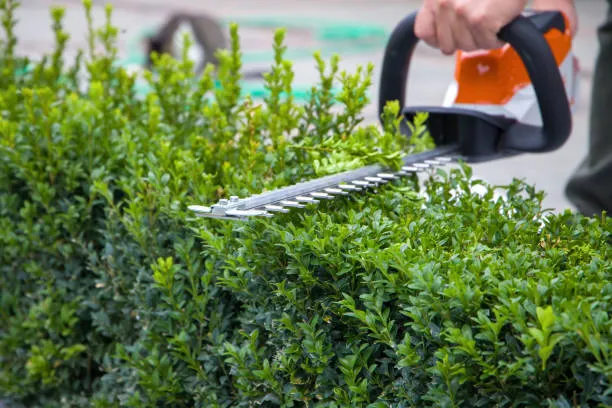
The Secrets to Sustainable Hardscaping: Balancing Beauty and Environmental Impact Nov 08, 2025
Sustainable hardscaping refers to the use of eco-friendly materials and design techniques to create landscapes that are both functional and environmentally responsible. One of the primary goals of sustainable hardscaping is to use resources efficiently and minimize waste. This involves careful selection of materials, mindful design planning, and considering the long-term impact of the choices we make.
When selecting materials, choosing sustainable options is a great starting point. For instance, reclaimed stone or recycled concrete can be excellent alternatives to freshly quarried stone. They not only reduce the need for new materials but also add unique character and history to your landscape. Permeable pavers are another excellent sustainable choice, as they allow water to pass through, reducing runoff and helping to replenish groundwater supplies.
Beyond materials, the design of the hardscape itself plays a critical role in sustainability. Incorporating native plants into your landscape can significantly enhance its ecological value. Native plants require less water, fertilizer, and pesticides compared to non-native species, as they are already adapted to the local climate. This reduces resource consumption and maintenance efforts while promoting biodiversity.
Another crucial aspect of sustainable hardscaping is energy efficiency. Thoughtful placement of trees and shrubs can provide natural shade and windbreaks, reducing the energy costs associated with heating and cooling your home. Solar-powered lights can illuminate walkways and gardens without increasing your carbon footprint.
Rainwater harvesting systems are increasingly popular in sustainable hardscaping designs. Collecting and storing rainwater for irrigation not only conserves water but also prevents soil erosion and reduces urban flooding. Incorporating rain gardens, which are specifically designed to absorb and filter rainwater, can further enhance the environmental benefits of your landscape.
Of course, no sustainable landscape is complete without considering its impact on the local ecosystem. Creating habitats for local wildlife and pollinators is an integral part of eco-friendly hardscaping. Birdhouses, bee hotels, and butterfly gardens can transform your outdoor space into a haven for wildlife, contributing to the overall health of the environment.
At Mulch & Dig, we believe that sustainable hardscaping should not compromise aesthetic appeal. With thoughtful planning and the right materials, it is entirely possible to have a landscape that is as beautiful as it is eco-friendly. Our team of experts is dedicated to helping you create an outdoor space that reflects your style while putting the planet first.
In conclusion, sustainable hardscaping is more than just a trend; it's a responsible approach to landscaping that balances beauty with environmental impact. By choosing eco-friendly materials, incorporating energy-efficient design features, and supporting local ecosystems, you can create a stunning outdoor space that stands the test of time. Transform your landscape with Mulch & Dig and join us in making a positive impact on the environment, one garden at a time.
/filters:no_upscale()/filters:format(webp)/media/04b103c8-1928-4603-af4f-cd9adb632f94.webp)
/filters:no_upscale()/filters:format(webp)/media/31f8ab00-9501-4f07-a64c-b005a3bba0f1.jpeg)